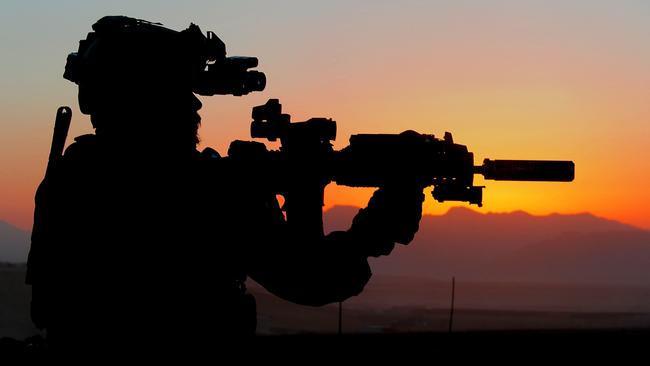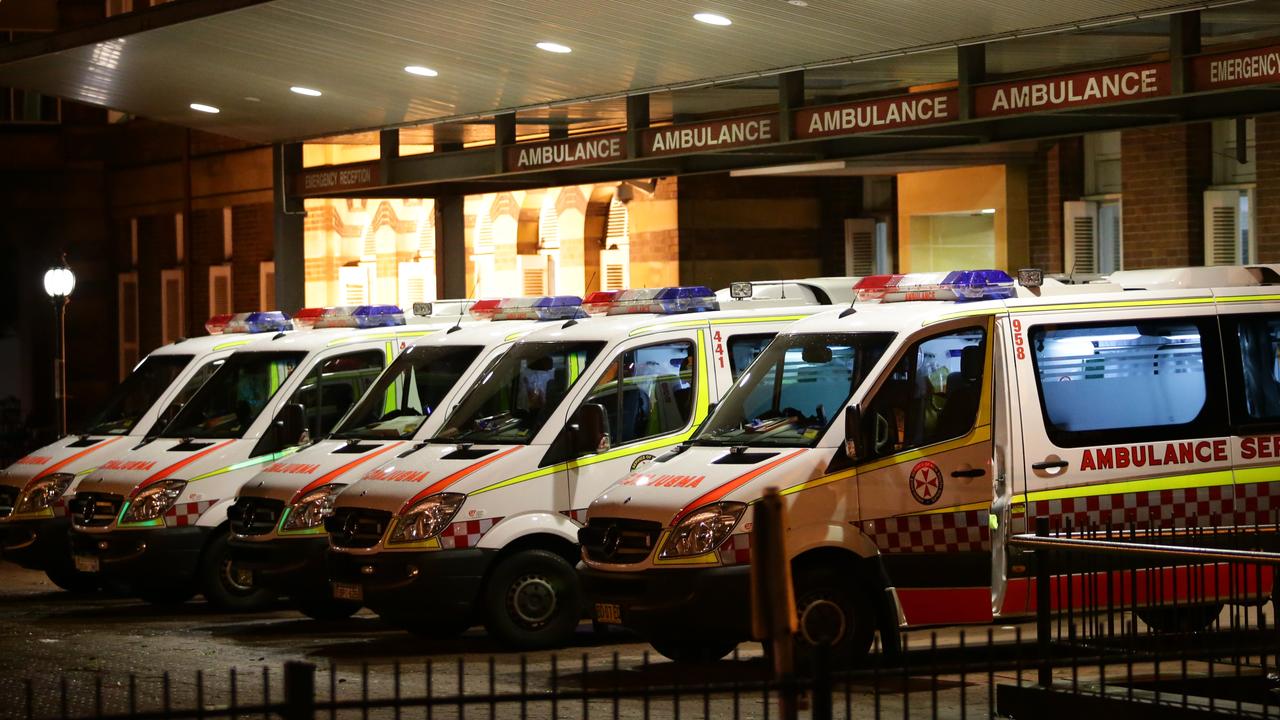Allies botched their one job in Afghanistan — destroy al-Qa’ida

In Afghanistan it is said an intelligent enemy is better than a foolish friend. With US President Joe Biden’s announcement that American troops will be withdrawn by September 11, every Afghan will be preparing for history to repeat itself in the face of one of the most intelligent opponents in modern irregular warfare.
With al-Qa’ida operating across 18 of Afghanistan’s 34 provinces, not only did the US-NATO mission enable the Taliban to take over most of the country outside Kabul, it also failed in the one job it had: destroying al-Qa’ida. Despite all the history and all we have learned from 20 years of war and spending $US2 trillion, the US couldn’t even turn the Taliban against al-Qa’ida, the West’s real enemy.
It just goes to show that if a donkey goes to Mecca, when he returns he is the same donkey.
The British experienced a disaster as they withdrew at the end of the First Anglo-Afghan War (1839-42). They had secured an agreement with the ancestors of today’s Taliban that they could leave unharmed. While retreating over the mountain passes outside Kabul, 4500 British soldiers and 12,500 civilians were murdered by local fighters.
After the Second Anglo-Afghan War, Winston Churchill wrote of Britain’s exploits, “Financially it is ruinous. Morally it is wicked. Militarily it is an open question, and politically it is a blunder.” Nothing has changed.
Alexander the Great, Genghis Khan, the British and the Russians all uncovered the same secret to Afghanistan — it is easily invaded but impossible to control.
Yet it was the policy of Lord Curzon, Britain’s former viceroy of India, who implemented a cunning combination of tribal patronage with multiple agreements that as long as the tribes did not interfere with India, Britain would leave the tribes to conduct their own affairs.
The latest assessment by the UN’s analytical support and sanctions monitoring team found al-Qa’ida is active across 12 Afghan provinces with an estimated 400 to 600 operatives throughout the country. This includes Oruzgan, where Australia had operational control. Al-Qa’ida even has been running terrorist training camps in Helmand and Nimroz. According to al-Qa’ida newsletter Thabat, the group regularly conducts attacks across Afghanistan.
The team at the US-based Long War Journal, one of the most insightful bunch of analysts focused on Islamist terror and insurgencies, has been tracking al-Qa’ida’s presence in Afghanistan for more than a decade. Data collated by the LWJ from US military, NATO and Afghan security forces publications along with statements from jihadist groups shows al-Qa’ida has been operating in Afghanistan for years with the approval of the Taliban. It’s enough to make you cry.
Two of the best disruptive strategists in the modern era, TE Lawrence and US colonel John Boyd, understood that an enemy with an unrestricted state of mind could defeat the risk-averse mind of the state. No amount of PowerPoint presentations and strongly worded press statements were going to be a match for the wily Taliban, Afghan bureaucracy and cunning warlords. With a 6000-year headstart in convincing foreigners with money that an old donkey with a new saddle is a new beast, it was always going to be an unfair contest.
Significantly, our fight against al-Qa’ida and Islamist terrorism is not over. Despite the Australian government’s new woke language guide to Islamist extremism, al-Qa’ida’s military training manual is explicit in describing the lengths this movement is prepared to go. The manual states: “The confrontation we are calling for with these apostate regimes does not know Socratic debates, Platonic ideals nor Aristotelian diplomacy. But it knows the dialogue of bullets, the ideals of assassination, bombing and destruction and the diplomacy of the cannon and machinegun.”
Its authors are unequivocal and sadly historically accurate, when they explain, “Islamic governments have never and will never be established through peaceful solutions and co-operative councils. They are established, as they always have been, by pen and gun, by word and bullet, by tongue and teeth.” This mindset will not be defeated or outmanoeuvred by earnest think tanks in Washington or Brussels. These extremists regard themselves as the vanguard of the Islamic revolution. It is a fight beyond time and geography.
The danger to us from the Taliban has always been in it accommodating al-Qa’ida. And that is what is so bewildering — that we did not turn al-Qa’ida into the enemy of the Taliban. Despite all the romance surrounding the exploits of Lawrence during World War I, without London providing chests of gold it is questionable whether the Arab tribes could have been turned against the Turks, let alone worked together.
In The Mission, the Men and Me, former Delta Force commander Pete Blaber recounts meetings with Taliban fighters who complained al-Qa’ida treated Afghans “like they were dogs”, even forbidding the Taliban from speaking directly with them. Many of these tribal terrorists and insurgents hate each other.
It was a fanciful mistake attempting nation-building in Afghanistan. Destroying terrorist training camps and hunting al-Qa’ida, yes. Building a nation to achieve the same ends, no. Unless we were planning to stay forever.
At the end of 2001, US-NATO troops, including Australian special forces, had destroyed the major Taliban assets. Most of the senior al-Qa’ida network had been captured and killed or had been allowed to slip across into Pakistan. We should have left the Taliban with one message: Let al-Qa’ida back and we will return with the wrath of Allah. Now, as sure as the morning call to prayer, without ongoing financial support to pay its security forces, the Afghanistan government sits on the precipice of destruction. In Afghanistan, it will always be about the strongest tribe. And Australian forces, while they were there, were one of the strongest.
Jason Thomas teaches risk management at Swinburne University of Technology and is director of Frontier Assessments.


